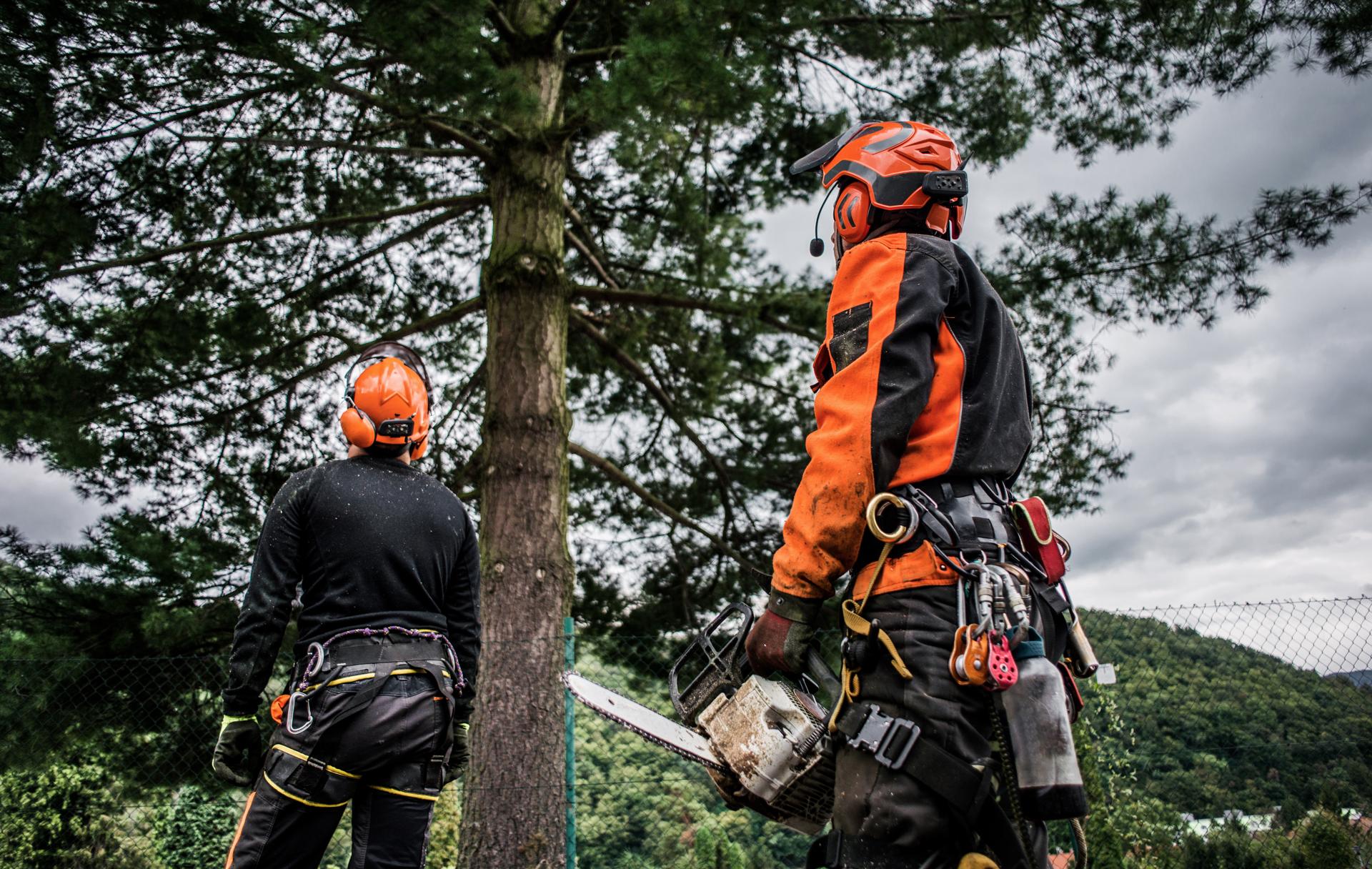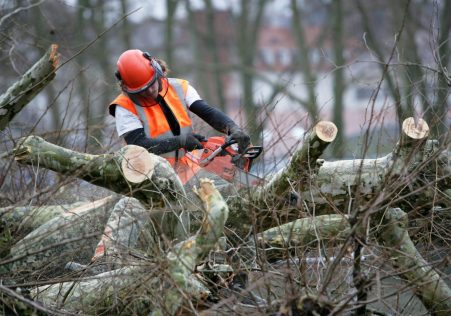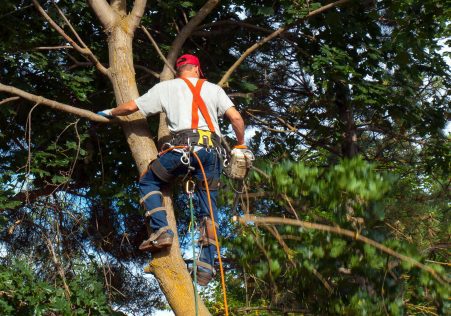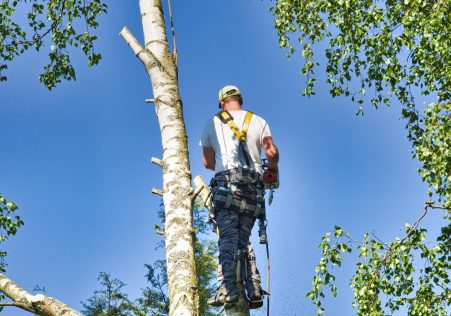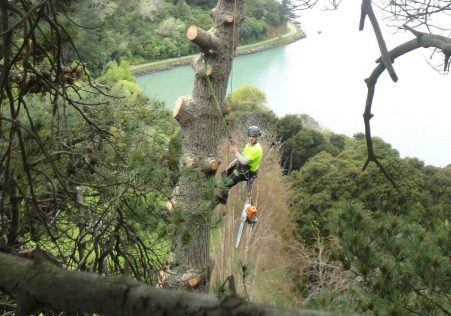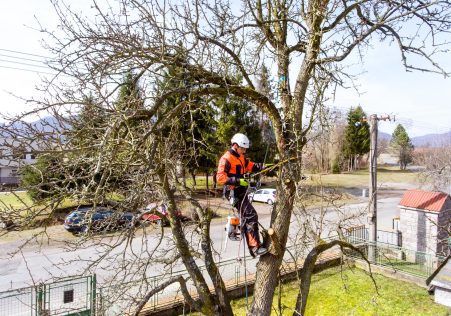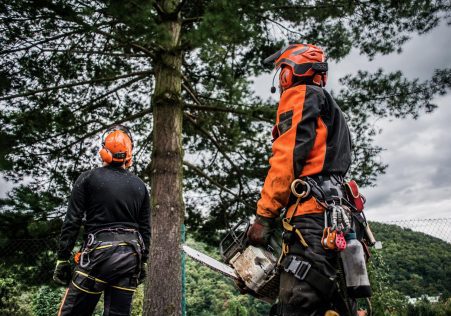A Beginner's Guide to Understanding Protected Trees
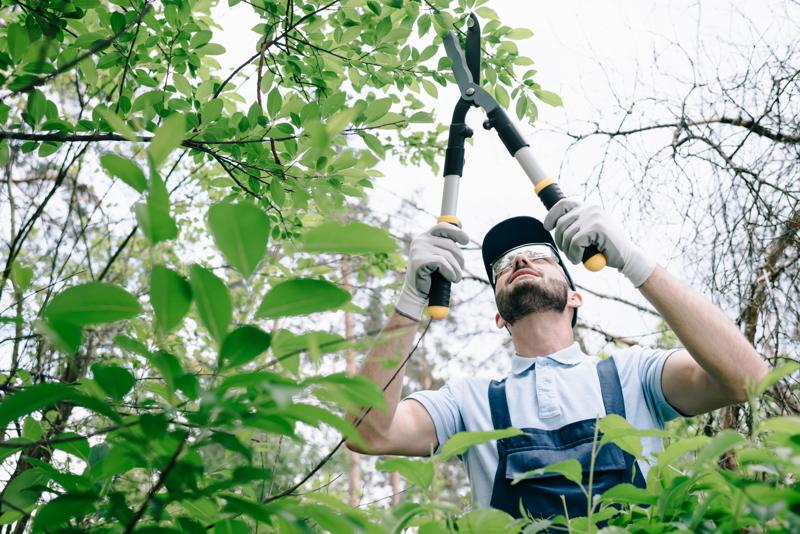
Trees play an important contribution to our ecosystem, providing shade, clean air, and aesthetic value to our surroundings. However there are a few trees that aren’t alike and some have an additional status of protection, making it illegal to perform any work without obtaining permission. If you are considering having a tree removed it is crucial to be aware of the protection status of the tree you’re considering, and the steps you have to follow to be in compliance with the law. In this article, we’ll guide you through the process of discovering whether trees are protected and what you need to do to ensure you comply with the law.
What exactly is a tree that is protected?
A protected tree has been subjected to certain legal restrictions, and it’s illegal to carry out works on a tree without obtaining the necessary permissions. There are two kinds of protection a tree might have: statutory protection and preservation orders.
Legal protection
Under legal protection trees are protected under laws and subject to Tree Preservation Orders (TPOs). TPOs are put in place by local authorities to protect trees with a significant public value and to ensure that they do not get damaged or destroyed.
Preservation orders
Preservation orders are like TPOs in that they are issued by the Secretary of State for the Environment. The trees that are protected by preservation orders are considered to be of exceptional worth and are therefore protected from any kind of work, including cutting down.
How can I tell whether a tree is safe?
To determine whether the tree is protected, you need to verify if it’s subject to an TPO or preservation orders. It is done by contacting the authorities in your area and asking them search their records.
TPO search
If you want to find the TPO, you can contact the Tree and Woodland Officer at your local authority. They can inform you whether the tree is in the protection. They will also be able to guide you on the next steps to take if the tree is protected.
Preservation order search
In order to search for a preservation order, you will need to contact Secretary of State, Department of the Environment. They will be able to determine whether the tree is in the protected zone and provide you with the necessary information and guidance.
FAQs:
What is the consequence if I do work on a tree that is protected without permission?
If you do work on a tree that is protected without the appropriate permissions, you could face massive fines or even prison.
Can I appeal a TPO or preservation order?
You can appeal a TPO or preservation decision if you feel it is unjustified. However, you will need be able to present evidence to back your case and show your argument as to why it is not necessary to appeal the TPO or order to preserve isn’t necessary.
Can I take down a protected tree?
It is unlawful to take down protected trees without permission from the appropriate authorities. If you need the tree to be removed then you must seek permission from the council and provide proof to back your claim.
Conclusion
In conclusion, discovering whether trees are protected is a crucial aspect in ensuring that any tree work legally completed. If you know the various types of protection and the best way to check for them, you can ensure that you’re following the law and safeguarding the trees you care for. If you’re unsure of the protection status of the tree you are in charge of, we suggest seeking professional advice from an experienced tree expert, such as Brisbane Tree Removal Service. Our team of experienced arborists will be able to inform you on the protection status of your trees, and will guide you through the steps to make sure you’re complying with the legal guidelines. With our expertise and commitment to providing high-quality tree services We can assist you to preserve the beauty and worth of your trees. Contact us today at 0480 099 748 to schedule a consultation, and let us help you ensure that your trees are protected and healthy.


